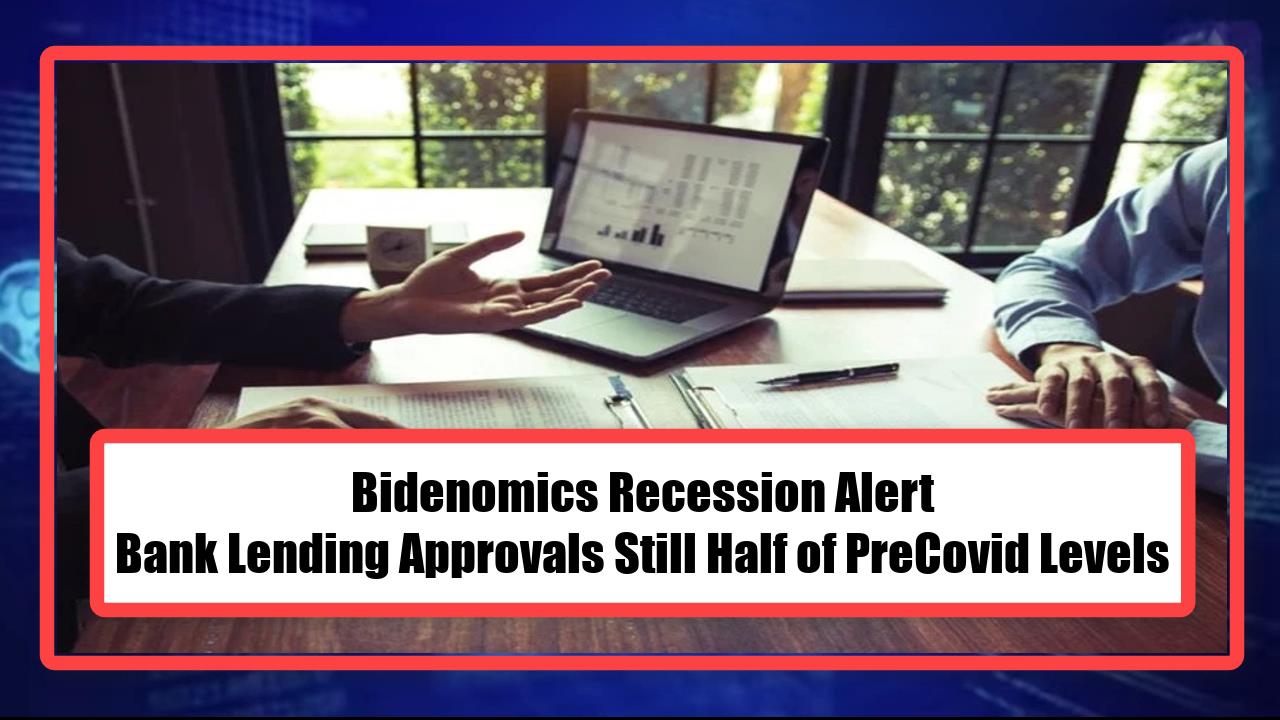Video:
Take our online poll:
AI Analysis:
When bank lending significantly slows down in an economy, it can have various effects that influence economic activity, growth, and overall financial stability. Here are some potential consequences:
1) Reduced Investment and Spending: Bank lending is a key source of funds for individuals, businesses, and even governments. When lending slows down, it can lead to reduced borrowing for investments, purchases of goods and services, and other economic activities. This can result in decreased overall demand, which can slow down economic growth.
2) Slower Business Expansion: Businesses often rely on loans to fund expansion, research, development, and other activities. A slowdown in lending can hinder their growth plans, potentially leading to layoffs, reduced capital investment, and less innovation.
3) Impact on Housing: Slower lending can affect the real estate market, as individuals might find it harder to secure mortgages. This can lead to lower demand for housing and potentially result in lower property prices.
4) Unemployment: Reduced borrowing and business expansion can contribute to higher unemployment rates. Businesses might cut back on hiring or lay off employees if they are facing financial constraints due to a lack of available credit.
5) Financial Stress: For individuals and businesses that rely on credit to manage cash flow or meet financial obligations, a slowdown in lending can lead to financial stress, potentially causing missed payments, defaults, and bankruptcies.
6) Financial Market Volatility: A lack of lending can lead to decreased liquidity in financial markets, potentially increasing volatility. Investors might also become more cautious as they anticipate weaker economic conditions.
7) Deflationary Pressures: If the lack of lending leads to decreased demand and economic contraction, it can contribute to deflationary pressures, where prices decrease and consumer spending slows further.
8) Policy Response: Central banks and governments might respond to a significant slowdown in lending by implementing measures to stimulate lending and boost economic activity. This could involve reducing interest rates, implementing monetary stimulus, or providing support to financial institutions.
9) Bank Profitability: Banks rely on lending to generate profits through interest income. A significant slowdown in lending can impact their profitability, potentially affecting their ability to provide financial services and contribute to economic growth.
10) Financial System Stability: A significant reduction in lending can raise concerns about the stability of the financial system, as it might indicate issues with credit availability, potential credit crunches, or disruptions in the normal functioning of financial markets.
It's important to note that the effects of a slowdown in bank lending can vary depending on the specific circumstances of an economy, the reasons behind the lending slowdown, and the policy responses that are implemented to address the situation.
Chart:

References:


Comments